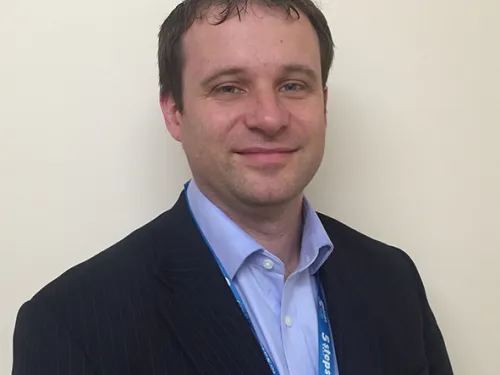
CCLG Research Talks: Why can't we cure brain tumours?
Hear from Dr Stuart Smith about why childhood brain tumours are so hard to cure.

Hear from Dr Stuart Smith about why childhood brain tumours are so hard to cure.
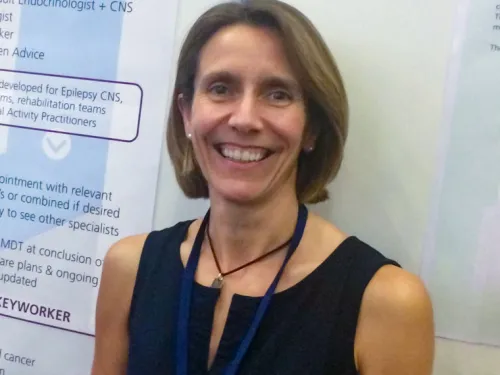
Nicky Webb shares the long-term effects of childhood cancer and its treatments for Childhood Cancer Awareness Month.
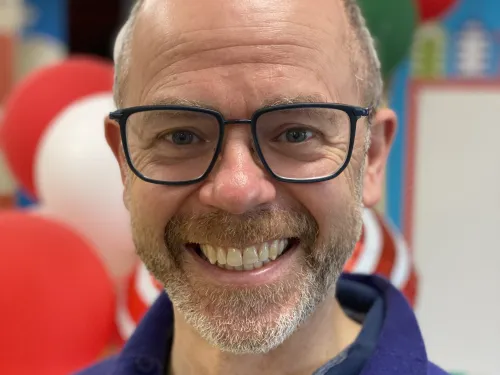
Hear from Dr John Moppett about what the VIVO biobank is and how it supports expert childhood cancer research.
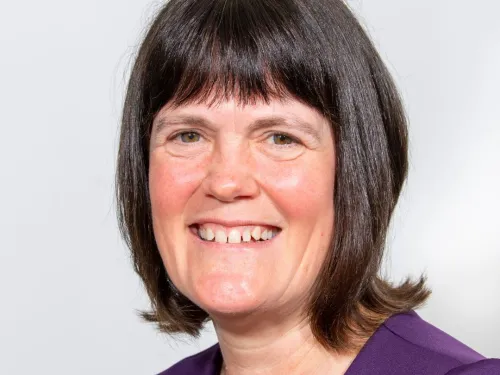
Professor Chris Halsey tells us about leukaemia treatment and how it can affect the brain.

Hear from Professor Matthew Murray about Wilms tumour and improving kidney cancer care.
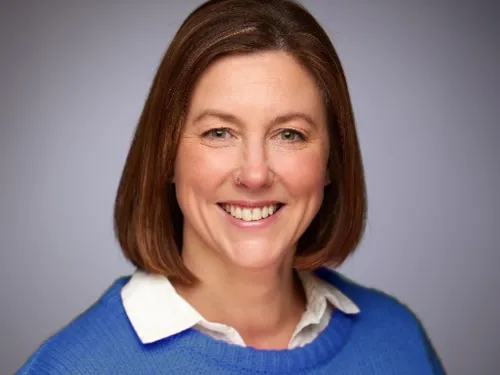
Jo Stark tells us about young people's cancer care in a special Teenage and Young Adult Cancer Awareness Month webinar.

Hear from Dr Jonathan Fisher about how immunotherapy could help children with solid tumours.
Helping your child to learn to relax can help reduce anxiety. This can have a beneficial effect on pain and breathlessness. It is also an activity that can be done with other members of the family to relieve stress.

Dr Shelby Barnett shares how research is improving chemotherapy for children.
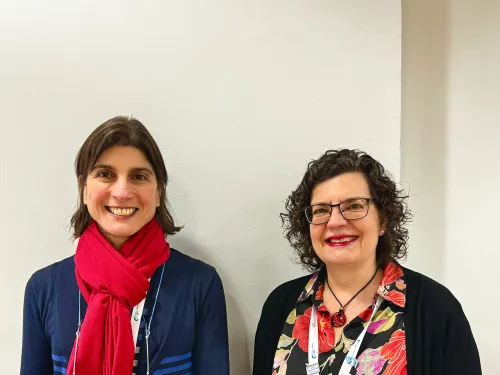
Dr Cristina Pina and Dr Sabrina Tosi share how perseverance, new technologies, and collaboration can help children with leukaemia.